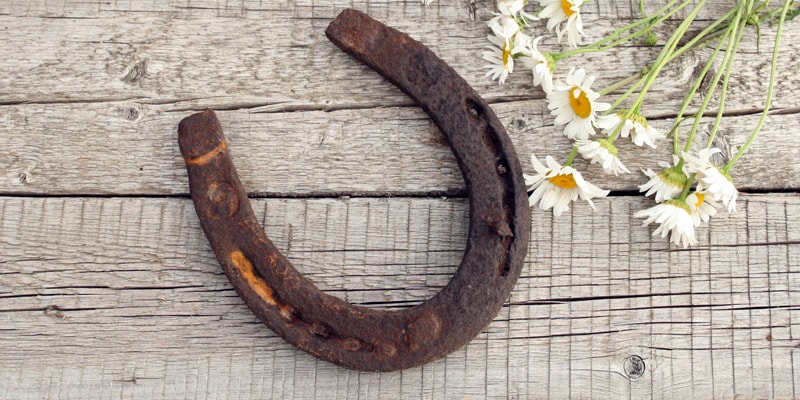A farrier (also horse shoemaker) is a person whose job involves taking care of horses’ hooves and the placing of shoes on their hooves if they need protection. Being a farrier was far more common hundreds of years ago, when horses were a major form of transportation and the domestication of horses increased.
Farriers are so often confused with blacksmiths. Years ago when workers weren’t as specialized as today, blacksmiths would be called on to make horseshoes since they knew how to work with iron and at the same time put the shoes on the horses. Being a farrier involves some skills of a blacksmith such the making, applying and adjusting of horseshoes. A farrier must also possess some skills of a veterinarian to take care of the horses’ feet.
The necessary skills of a farrier would be:
observation – taking care of the horses’ legs, a farrier looks for signs of disease or other ill-health, to prevent the diseases.
trimming – hoof care. For the hoof trimming such tools as rasps, trimming pliers and knives are used. Such hoof trimming is important because it helps to maintain the balance of feet by keeping the feet with the proper shape and length.
cleaning – hygiene is extremely important, especially when animals have limited movement possibilities.
horseshoeing – domesticated horses need horseshoes for a variety of reasons: their hooves harden less than the hooves of freely moving wild horses, they’re not walking on hard surfaces as often and their hooves don’t wear themselves down as much. Horseshoes improve the horse’s gait, helping the animal gain traction and walk in slippery conditions. A horse receives the first horseshoes according to the need, but usually not before the third year of life. Horseshoes are always used for race horses.
The farrier removes old horseshoes. Looks over and trims the hooves. It’s like a pedicure, because the hooves grow like nails which should be cut off from time to time. Sometimes the same horseshoe can be replaced on the animal. As a rule horseshoes have their own numbers like shoes. The farrier evaluates which size horseshoes are needed. He measures the horseshoes, bends them to the proper shape and applies them. Then the horse is let to stand on them to make sure before the work is finished whether the horseshoes are straight and the horse feels well when standing.

